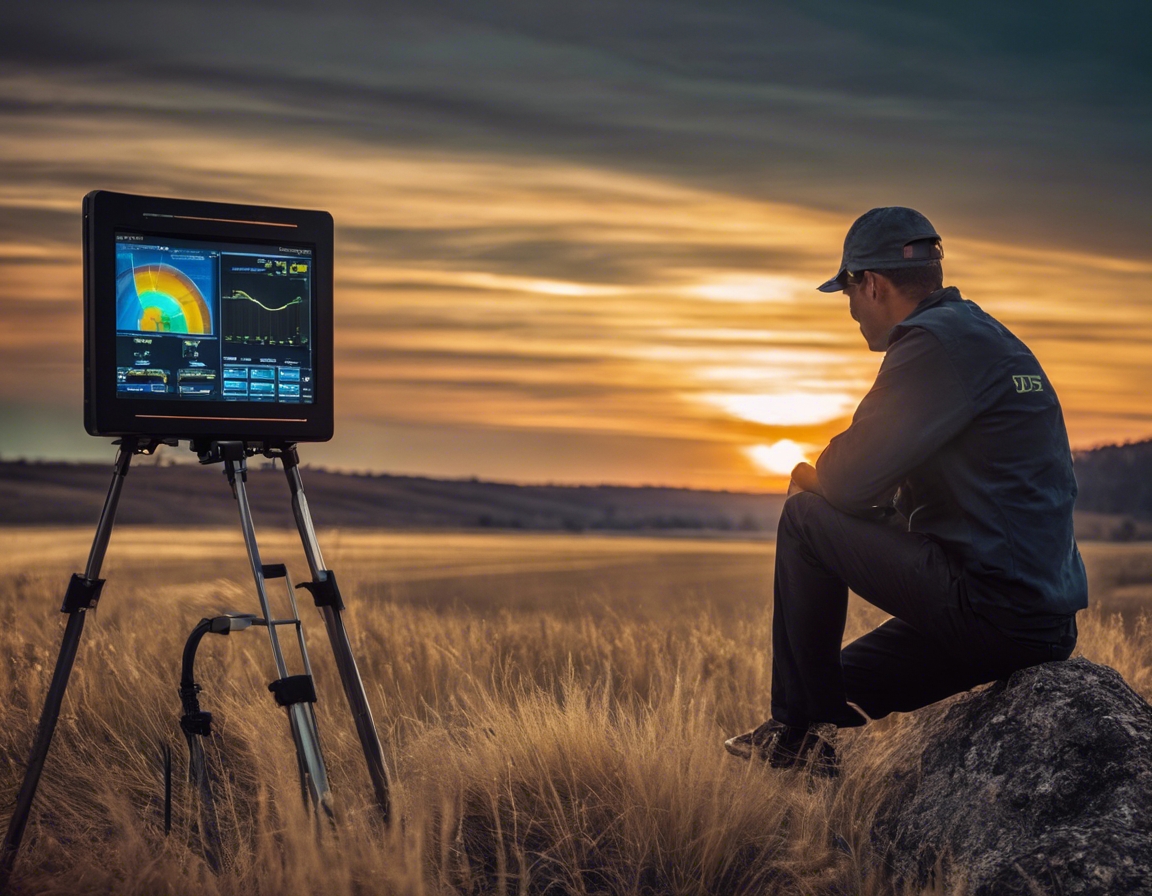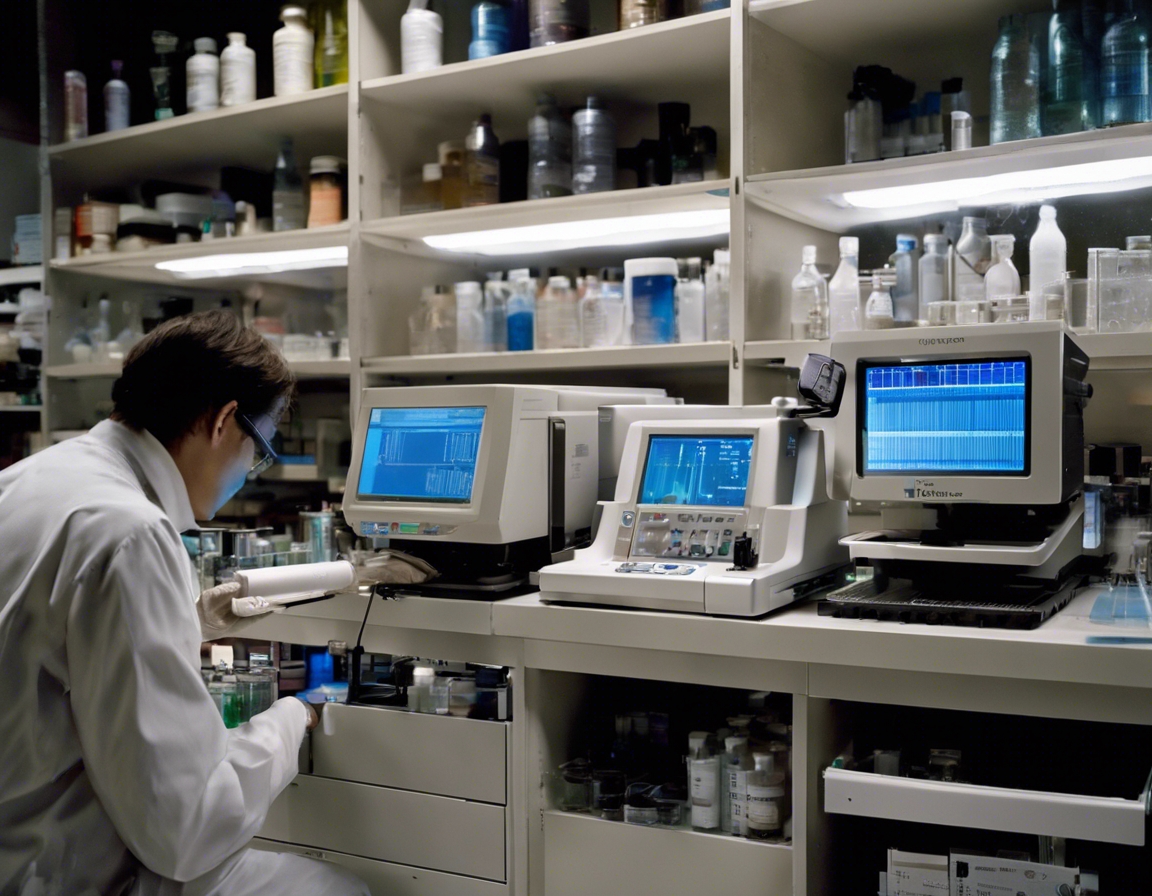The future of precision: compact excimer lasers
Excimer lasers, a type of ultraviolet laser, are essential tools in the pursuit of precision. These lasers operate on the principle of stimulated emission from excimer molecules, which are typically noble gas halides. Compact excimer lasers have revolutionized the field by offering the same high-energy ultraviolet light in a smaller, more manageable package.
The development of excimer lasers began in the 1970s, with their applications expanding rapidly due to their unique properties. Today, compact excimer lasers have become even more refined, with advancements in technology making them suitable for a wide range of precision tasks.
The Role of Compact Excimer Lasers in Various Industries
In research institutions, compact excimer lasers are indispensable for experiments requiring high precision and control, such as in the fields of photonics and microfabrication.
Environmental agencies utilize these lasers for atmospheric sensing and analysis, benefiting from their ability to provide accurate data on various pollutants and atmospheric conditions.
Industrial manufacturers rely on the precision of compact excimer lasers for tasks like micromachining and semiconductor fabrication, where the quality of the end product is paramount.
Defense organizations find compact excimer lasers particularly useful for high-resolution imaging and the detection of chemical or biological threats, where precision can be a matter of national security.
Technological Advancements in Compact Excimer Lasers
One of the most significant advancements in the field is the miniaturization of excimer laser technology, allowing for more portable and versatile devices.
Enhancements in beam quality and stability ensure that these lasers can perform consistently under a variety of conditions, which is critical for many precision applications.
Increasing the pulse energy and repetition rates of compact excimer lasers has opened up new possibilities for their use in both scientific and industrial capacities.
The integration of compact excimer lasers with other technological systems has expanded their applications, making them even more valuable tools in the pursuit of precision.
Challenges and Considerations for the Future
As the use of compact excimer lasers grows, so does the need for clear regulatory guidelines and robust safety protocols to protect users and the environment.
While the technology has become more accessible, the cost remains a consideration for many potential users, particularly in the research and educational sectors.
The future of compact excimer lasers depends on ongoing research and development to further enhance their capabilities and address the evolving needs of various industries.






Comments (0)